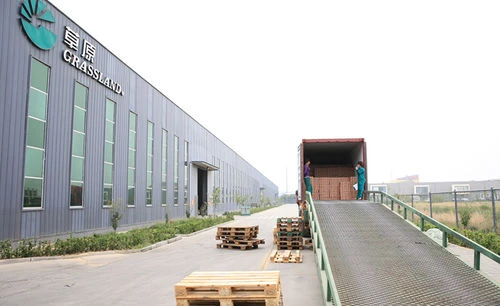The Evolution and Applications of Cutting Wheels
Cutting wheels, also known as abrasive wheels or cutting discs, have become indispensable tools in various industries. As an essential component in metalworking, construction, automotive, and DIY projects, these tools have evolved significantly from their early beginnings. Their development reflects advances in material science and engineering, enhancing their efficiency, safety, and application versatility.
Historical Context
The history of cutting wheels dates back to ancient times when rudimentary tools were crafted from stone or metal. However, the modern cutting wheel began to take shape in the 20th century with the introduction of bonded abrasives. Early cutting wheels were made from natural materials, but as industrial needs grew, synthetic materials provided enhanced durability and performance. The introduction of resin-bonded wheels in the 1950s marked a turning point, as these wheels offered greater strength and resistance to wear.
Composition and Functionality
Cutting wheels consist primarily of abrasive grains, a bonding agent, and reinforcing fibers. The selection of these materials largely determines the wheel's performance. Common abrasive materials include aluminum oxide, silicon carbide, and zirconia alumina. Each type suits different applications for instance, aluminum oxide is often used for cutting steel, while silicon carbide is ideal for cutting non-ferrous materials like aluminum and plastics.
The bonding agent, typically resin or vitrified clay, ensures that the abrasive grains remain firmly attached to one another. Reinforcing fibers, usually made from fiberglass, provide additional strength, enabling the wheel to withstand the high rotational speeds encountered during operation.
Types of Cutting Wheels
Cutting wheels come in various types, tailored to specific tasks
. The most common include1. Metal Cutting Wheels Designed for cutting ferrous and non-ferrous metals, these wheels are often used in welding shops and fabrication units. 2. Masonry Cutting Wheels These wheels are intended for hard materials like concrete, stone, and brick. They typically have diamond segments that provide superior cutting performance.
cutting wheel 5

3. Multi-purpose Cutting Wheels Versatile tools that can handle a range of materials, making them favored in general and DIY applications.
4. Specialized Wheels For niche applications, such as cutting fiberglass or rubber, specialized wheels provide optimal performance.
Safety Considerations
Despite their effectiveness, cutting wheels pose certain safety risks. Improper use can lead to wheel breakage, causing flying debris that can injure the operator or bystanders. Therefore, manufacturers provide safety guidelines, such as ensuring the wheel is appropriate for the specific material being cut, checking for any visible damage before use, and wearing proper personal protective equipment (PPE), including goggles, gloves, and face shields.
Furthermore, many cutting wheels come with ANSI (American National Standards Institute) certification, which indicates adherence to safety standards. This helps users make informed choices to prevent accidents.
Innovations and Technological Advancements
The cutting wheel industry's innovation continues to advance, with a focus on enhancing performance and reducing environmental impact. Recent developments include improved formulations that reduce dust emission during cutting, biodegradable materials for binding agents, and the integration of smart technologies that can monitor wheel wear and usage patterns.
Additionally, the rise of electric and cordless angle grinders has transformed how cutting wheels are utilized. These tools offer greater convenience and mobility, expanding the possibilities for applications in locations previously deemed too complex for traditional tools.
Conclusion
The cutting wheel remains a cornerstone tool across multiple sectors, owing to its efficiency and versatility. As technology continues to evolve, we can expect further improvements in safety, performance, and environmental sustainability. For professionals and enthusiasts alike, understanding the intricacies of cutting wheels is crucial for maximizing their effectiveness while minimizing risks. From construction sites to workshops, cutting wheels are set to remain integral to our operational toolkit, embodying a blend of science, engineering, and craftsmanship that has stood the test of time.
Post time:Dec - 20 - 2024

















